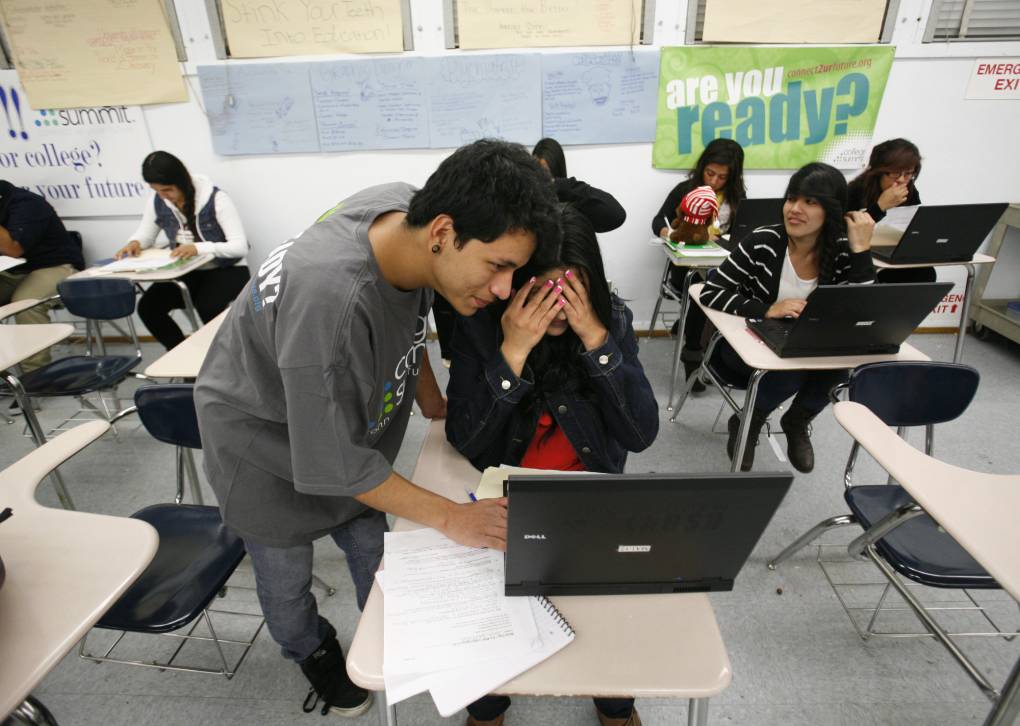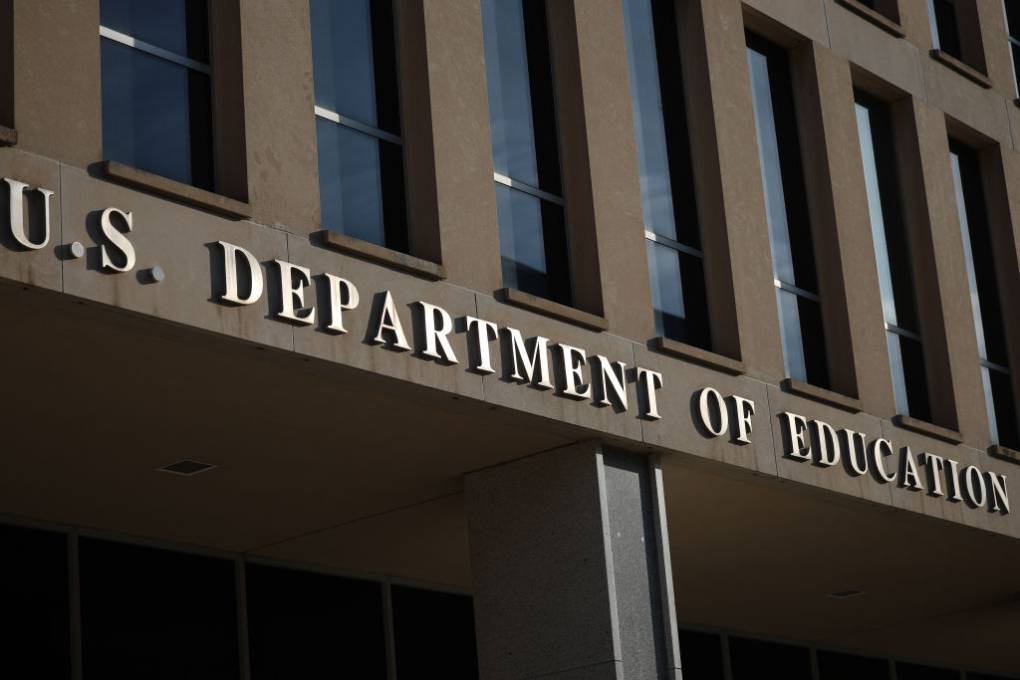As a result, Ratnam said that concerned students from mixed-status families should know that “another viable option” is to apply for aid through the California Dream Act right now instead of FAFSA.
The California Dream Act Application is the state-specific financial aid process for students without a permanent immigration status, with funds limited to schools within California. Using this application will allow students “to apply for — and be eligible for — state-based aid and institutional aid,” Ratnam said. “They will always have the option to go back and complete a FAFSA at a later date, maybe when those technical issues have been resolved.”
While students from mixed-status families can apply for state aid through the California Dream Act without applying to FAFSA at all, this would mean they wouldn’t have access to federal aid for their studies.
Mixed-status students have also expressed their concerns that applying for federal student aid could reveal their parents’ immigration status to a hostile presidential administration that has promised “mass deportations,” most recently transferring hundreds of Venezuelan immigrants to El Salvador by invoking the Alien Enemies Act.
There have also been reports that immigration authorities are close to obtaining access to Internal Revenue Service data concerning immigrants who have filed their taxes — and tax information is needed to complete the FAFSA.
In November, the National College Attainment Network acknowledged the fear many families were feeling, admitting that “at this time NCAN cannot assure mixed-status students and families that data submitted to the U.S. Department of Education, as part of the FAFSA process, will continue to be protected.”
“We believe mixed-status families should make a considered decision about whether to submit identifying information to the federal government in an FSA ID or FAFSA,” NCAN’s November guidance read — even though the 1965 Higher Education Act explicitly prohibits the use of this type of student data for any purpose other than determining federal financial assistance.
In January, NCAN cautioned students and families that “to the extent that you or a contributor has already provided [DOE] with information when creating a StudentAid.gov account or previously filling out the FAFSA, [DOE] likely still has that information.”
According to NCAN, a new application would just update this existing information — and according to studentaid.gov, borrowers cannot delete a submitted or processed form.
Echoing the California State Aid Commission’s Ratnam, “if you are concerned about how your data will be used by the federal government, you can still apply via the California Dream Act Application, California’s own financial aid application,” Daisy Gonzales, executive director of the California Student Aid Commission, said in a statement. “It supports your access to state aid and institutional aid, and your data will only be used for the purposes of determining and awarding financial aid.”
“We urge you to complete your financial application and believe in your dreams,” Gonzalez said.
In December, Gonzales told KQED that “the California Student Aid Commission never shares their data with the federal government.”


